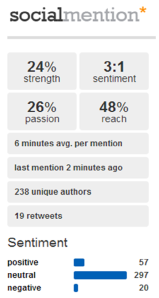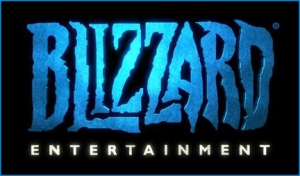Hello internet and welcome to my blog.
So here we are my final blog.
This week we covered the Return On Investment (ROI), with a case study focusing on social technology implementations. For this week’s blog we were asked to:
“Your task this week is to identify and discuss an additional ROI case example on your blog. What is your view on how ROI was calculated? Did they include all the tangible and intangible benefits? What are the strengths and weaknesses of their approach?”
The Case Study
I’ve chosen to focus on a case study of Cisco’s use of social listening through the use of Salesforce’s Radian6. Reportedly Cisco achieved a ROI of 281% annually from their endeavour, which is nothing to sneeze at. The case study can be obtained from here.
The Tool
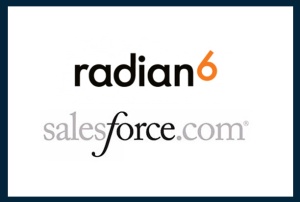 So you mite be wondering what social listening is exactly. It’s exactly as it sounds, Cisco employs the use of techniques to monitor social mentions of the company and then formulate methods of harnessing this new found information, from assigning experts in the field to leas with users to taking advantage of business opportunities that may not have been available otherwise. In this case they have standardized their platform by implementing Radian6 enterprise wide.
So you mite be wondering what social listening is exactly. It’s exactly as it sounds, Cisco employs the use of techniques to monitor social mentions of the company and then formulate methods of harnessing this new found information, from assigning experts in the field to leas with users to taking advantage of business opportunities that may not have been available otherwise. In this case they have standardized their platform by implementing Radian6 enterprise wide.
The Benefits
So Cisco wouldn’t have gone to all this trouble if benefits hadn’t been readily apparent. In the case study benefits have been separated into three different categories, direct benefits quantified, indirect benefits quantified and benefits not quantified.
Direct Benefits Quantified
To begin with we have the direct benefits; these for the most part involve financial savings. This includes; less creative agency fees, requiring less staff for listening centre operation and avoiding the need for paid surveys.
Indirect Benefits Quantified
Next we have the indirect benefits. This includes; a boosts to customer relations, a boost to employee productivity and a better customer insight.
Benefits Not Quantified
Finally we have the benefits that weren’t quantified yet are still apparent. This includes; increases to profit gained through social media mentions and returns from partner engagement and retention through social listening.
ROI Calculation
Now it’s time to have a look at the actual Return on Investment calculation. First lets have a look at the financial data.
For the purposes the ROI I’ll be focusing on assets and costs under the annual benefits, the depreciation schedule and the expensed costs categories. The equation for ROI is (((Gain from Investment) – (Cost of Investment)) / Cost of Investment) x 100. For those that don’t want to read the wall of text a diagram has been supplied directly below. So for Cisco’s ROI we take the total annual benefit which is equal to 6,527,250 and minus the cost of the investment which is equal to 1,711,575 which equals 4,815,675. Now we divide that result by the cost of the investment which is equal to 2.81 and finally multiply it by 100 to acquire the ROI which as stated in the case study is 281%. The cost of the investment was a combination of both the values from the depreciation schedule and the expensed costs categories, this initially was confusing due to inaccuracies while trying to reproduce Cisco’s projected 281% but once the depreciation schedule was brought into the equation it made a lot more sense.
((6527250 – 1711575) / 1711575) x 100 = 281%
Now if we have a look at the financial analysis provided in the case study we can see a few things. Firstly, we can see that much of the ROI percentage is derived from the non-direct benefits with direct benefits only supplying a ROI of 68%. And secondly we can see that the payback period will be less than half a year, which in the case of big business is major benefit.
Thoughts on ROI
From my point of view I believe that all of the tangible benefits have been defined and used properly for the calculation of the ROI. My only issue was with the ROI calculation in that while the benefits were obvious the costs could have been better defined or a mention of the use of the depreciation schedule could have been helpful.
Final Thoughts
So that’s it for my final blog. Feel free to leave any thoughts in the comments and I’ll leave you with this week’s food for thought.
“Life is really simple, but we insist on making it complicated.” – Confucius
Reference:
http://www.salesforcemarketingcloud.com/products/social-media-listening/
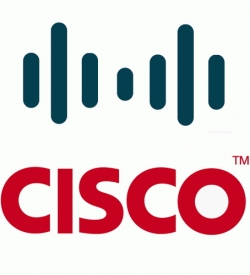
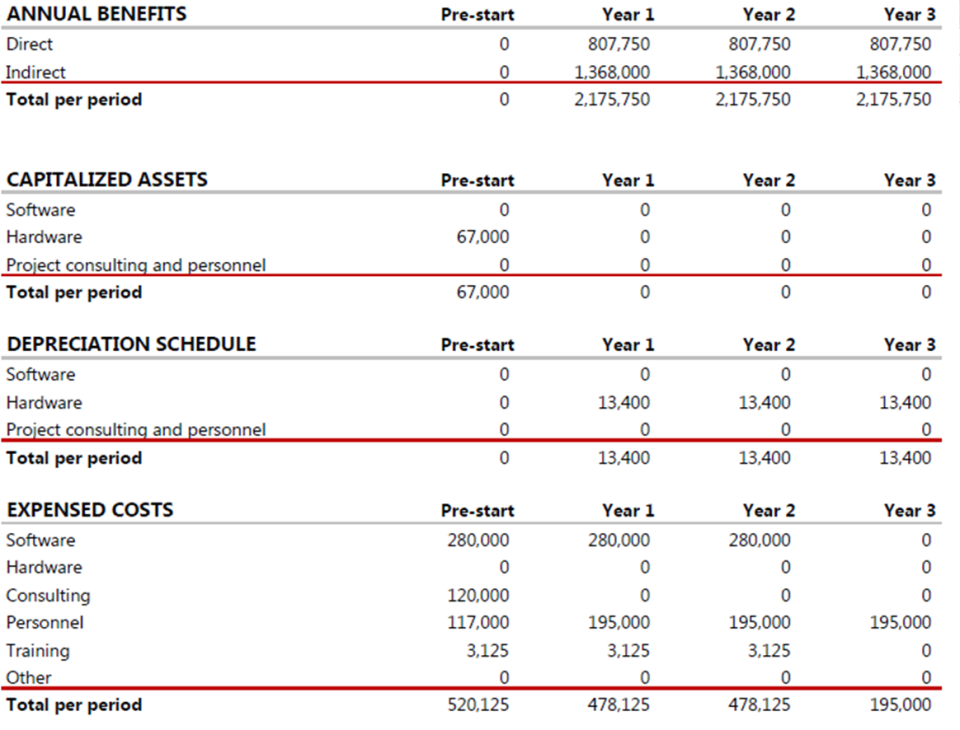

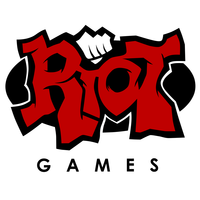
 With a player base numbering in the millions more than enough social media usage will be available for testing. Having experimented with a number of the freely available social media monitoring tools including, Topsy[2], Socialmention[3] and Addictomatic[4] I decided to go with Socialmention. This choice was based on Socialmention’s readily available statics that could be used to gain a better understanding of the chosen company’s social media standing.
With a player base numbering in the millions more than enough social media usage will be available for testing. Having experimented with a number of the freely available social media monitoring tools including, Topsy[2], Socialmention[3] and Addictomatic[4] I decided to go with Socialmention. This choice was based on Socialmention’s readily available statics that could be used to gain a better understanding of the chosen company’s social media standing.